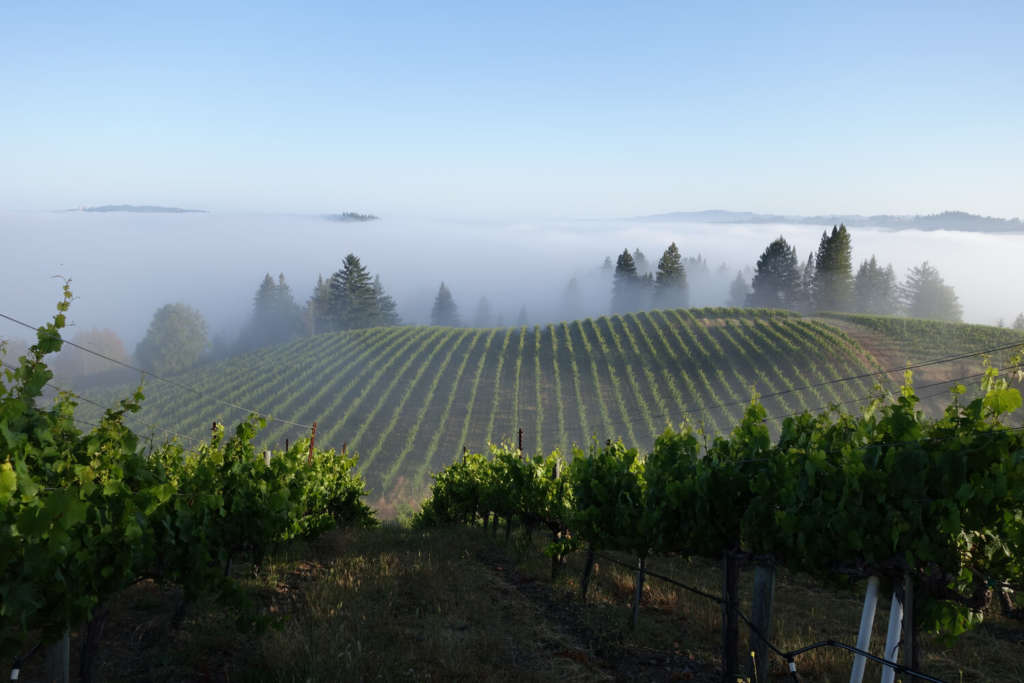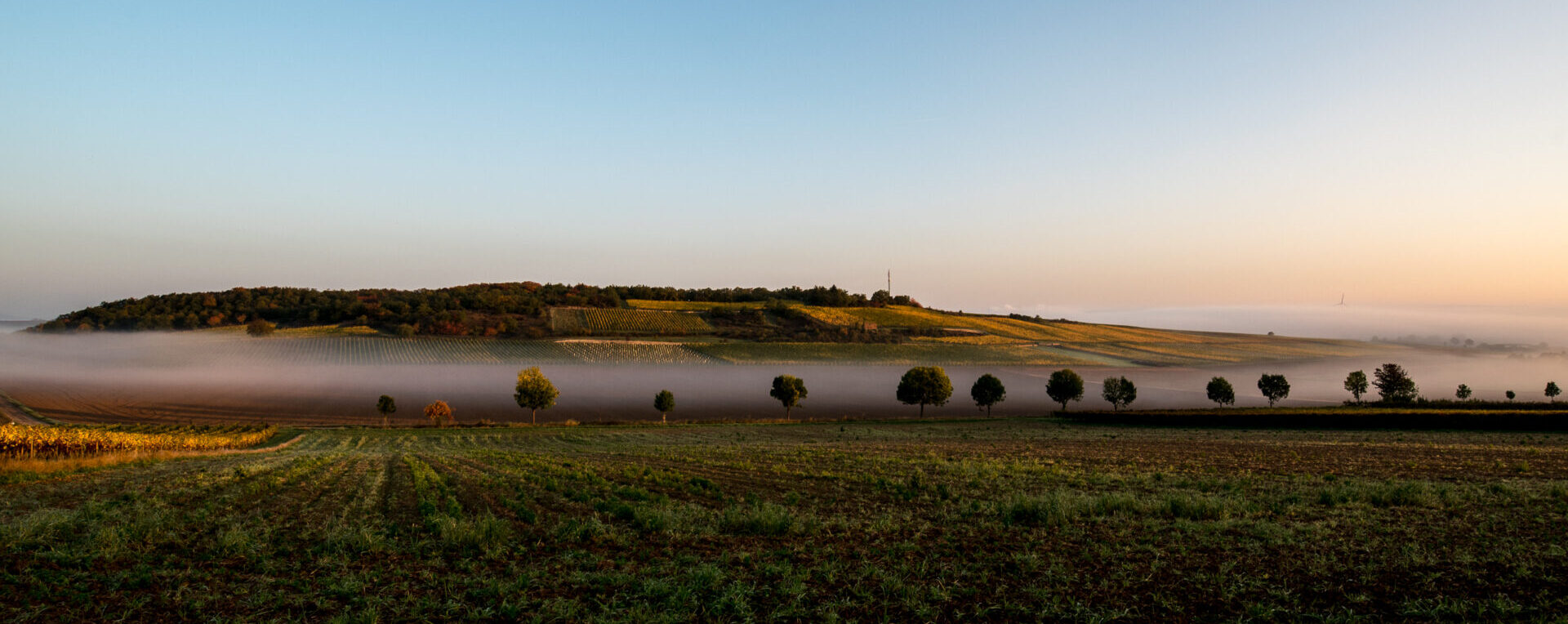The word “clone” for me immediately conjures images of Dolly the Sheep or a particular space movie franchise. However, grape growers have been selecting and cultivating grape clones long before the birth of George Lucas.
Last year, I had the privilege of attending a masterclasses with Richard Kershaw MW, where he talked us through the intricacies of clonal selection for his vines in Elgin. I know I was not the only one that day that came away absolutely enthralled by the subject. I was reminded of this when I recently stumbled upon an instagram post by the wine blogger @wordonthegrapevine, reaching out to the wine community for information on grape clones. So, I thought it was time for a deep dive. If there was ever a time… Don’t worry I won’t mention the “C” word.
I sourced my information from “The Oxford Companion to Wine” by Jancis Robinson, “Let’s Talk Clones” by Richard Kershaw MW, “Grapes and Dolly the Sheep: A Look at Pinot Noir and Chardonnay Clones” by Christy Canterbury for GuildSomm,“What are Grape Clones” by Noelle Hale for Wine Enthusiast, “Vine Selection and Clones” by Deborah A. Golino and James A. Wolpert for UC Davis, “Clonal Matters” by Dr Roderick Bonfiglioli, and “Pinot Noir with an Umlaut: German Spätburgunder” by Romana Echensperger for GuildSomm.

What is a clone?
A grape clone is “a single vine or a population of vines all derived by vegetative propagation from cuttings or buds from a single mother vine by deliberate clonal selection”. Or in English, somebody was strolling through the vineyard one day and thought “wow this vine looks really different to this other vine. It is more resistant to disease and has better quality fruit. I might reproduce it!”
Clonal selection is this practice of selecting a single superior plant in the vineyard and then taking cuttings from this vine for propagation. Most clones these days come from nurseries, and each of the clones has been studied for decades before their pedigree is verified by institutions such as the FPS or ENTRAV-INTRA.

Why clonal selection?
Research on grape clones began in 1926 in Germany. Pinot Noir plants back then were ravaged with viruses (unfortunately, we can empathise.) In the 1930s the first clonal selections were made in the Rheingau, with a focus on ensuring yields. Today, there are many German Pinot Noir clones registered and in use. They generally focus on producing a selection of loose, small-berried clones destined for premium production, examples include the Geisenheim “20-13 Gm” or the Freiburg “FR 1801”. The loose bunches are an important characteristic as it helps to prevent diseases like botrytis forming where it is not wanted.
Probably the most famous clones are the Dijon Clones. Jean-Marie Ponsot was the pioneer of clonal selection in Burgundy in the early 1960s, and many of the most respected Pinot Noir clones (113, 114, 115, 667, etc.) came from the mother-stock planted in 1954 in their Clos de la Roche vineyards. These Pinot Noir clones along with their Chardonnay counterparts were first imported into the USA in the 1970s and are still very widely planted in California and Oregon.

It is expensive to plant a vineyard, wherever you are, and it can take several years for vines to mature. Hence, many vignerons use clonal selection as a practice to minimise the risk of wasted time and money on something that doesn’t perform well. Richard Kershaw MW of Kershaw Wines says “Selecting the best clonal varieties for their terroir and the characteristics of the wine they want to produce is like a chef selecting the best local and seasonal produce to create his menu.” His Clonal Selection Chardonnay uses a blend of Dijon clones 76, 95, 96 and 548.
Dijon clone 548 perhaps being one of the most interesting, it is often chosen to form the backbone of Corton-Charlemagne wines when replacing older vines. Kershaw believes that the clone produces full–bodied and meaty wines, with more tropical fruits, and tends to express the soils, terroir, or sense of place.
But what are the downsides? Some vignerons believe that clonal selection results in too much uniformity and that it can negatively effect the biodiversity of the vineyard. They may prefer the “old way” which refers to Massal Selection (replanting new vineyards with cuttings from exceptional old vines from the same or nearby property), but that is a deep dive for another pandemic.
So what are the effects of clonal selection on the wine industry?
It is difficult to gauge the effects of clonal selection on the wine industry and wine quality. Each source has a slightly different conclusion on the topic. Some say that clonal selection may ease the impact of climate change. Some relegate clonal selection as New World wineries trying to replicate the legendary Old World wines, neglecting their own terroir. Nevertheless, in such a dynamic and ever-changing industry, perhaps “clone talk” can be considered a good way for new entrants to express just how serious they are in their endeavours to make great wines.
I will leave you here with a quote from Wes Hagen (J. Wilkes, Santa Maria), the one that has resonated with me most – “It’s just fermented grape juice, and if you just want a nice drink, you don’t have to think about this stuff.” Thanks Wes. Enough clone talk for one day.
Fancy learning more about clonal selection?
Pour yourself a glass of Geil Pinot Noir, Hirsch Vineyards Pinot Noir, or Richard Kershaw Clonal Selection Chardonnay (if you can get your hands on it!)


